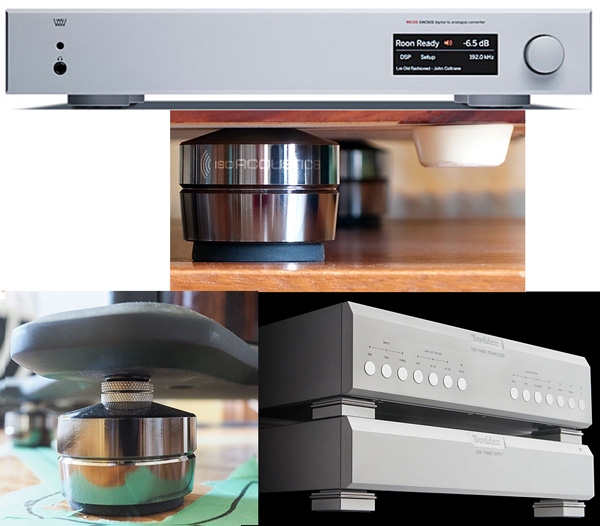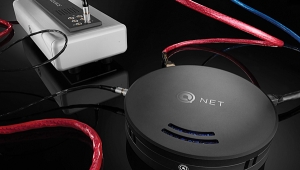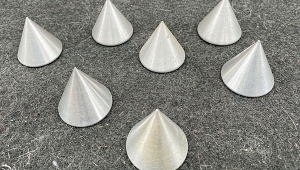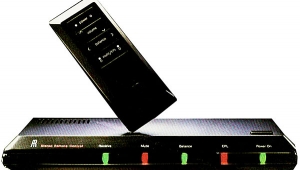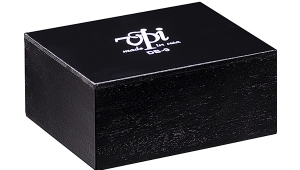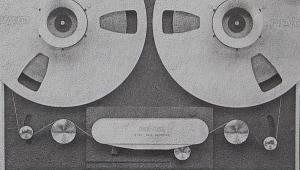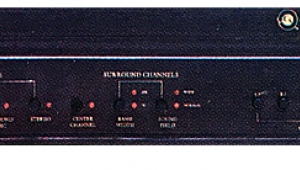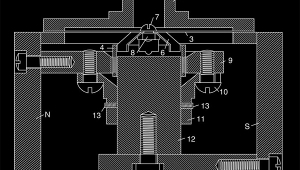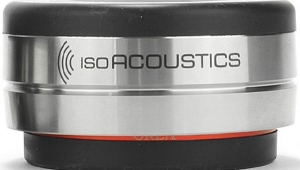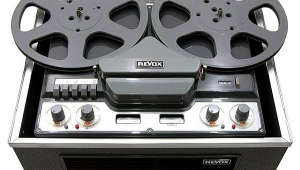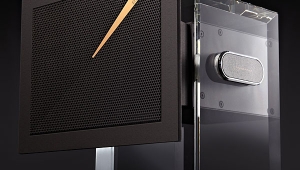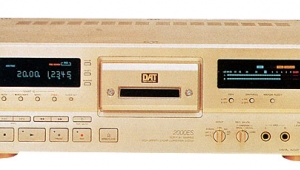| Columns Retired Columns & Blogs |
John, thanks for the follow up on the 2108! I should mention that while I understand the convenience of stacking the phono preamp directly on top of the outboard power supply...that will skew the measurements especially the hum which you pointed out and the difference in s/n. The manual clearly states not to do this. Regardless, glad you found it to be as solid of a performer on the bench as Michael did in his music system. Cheers!
